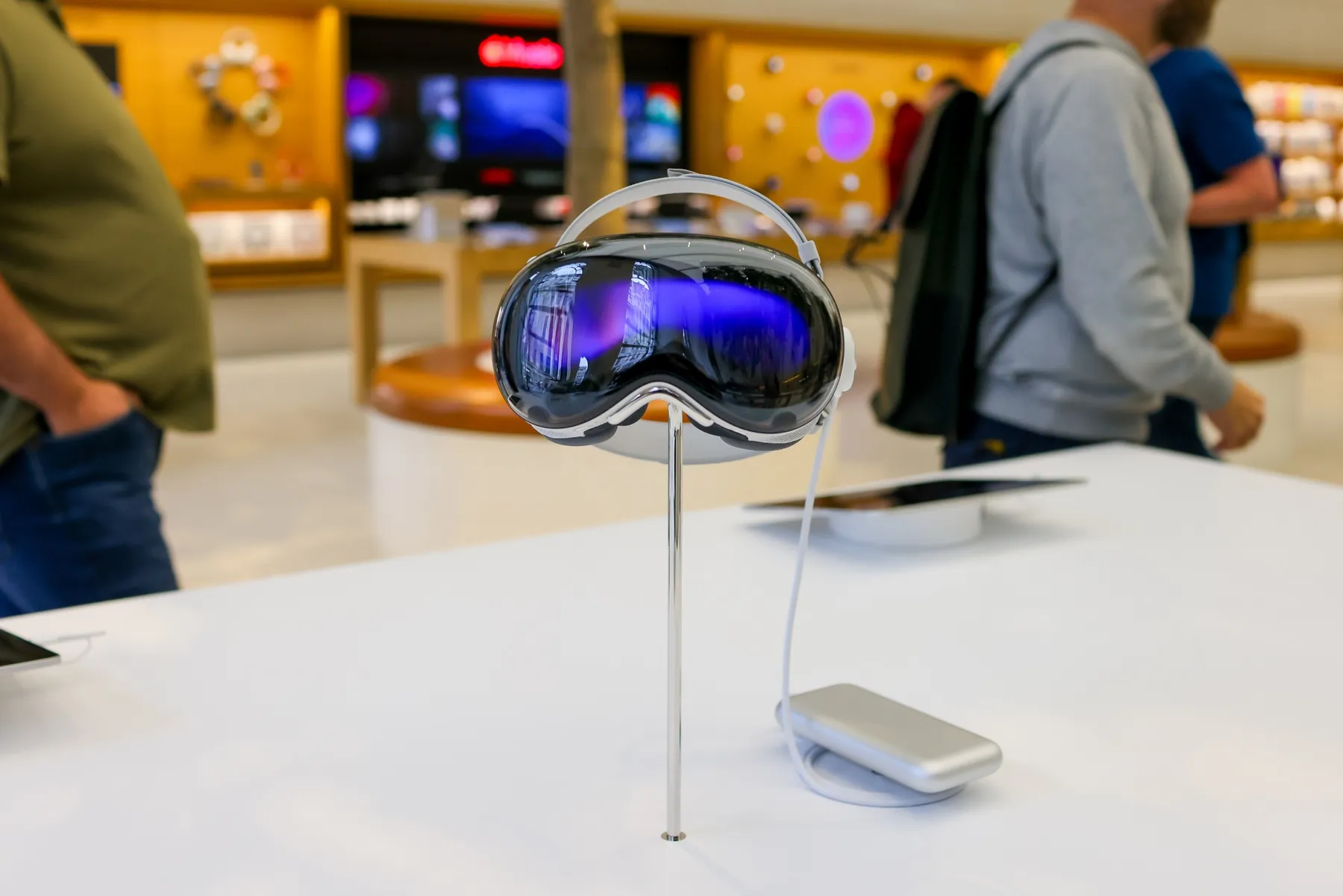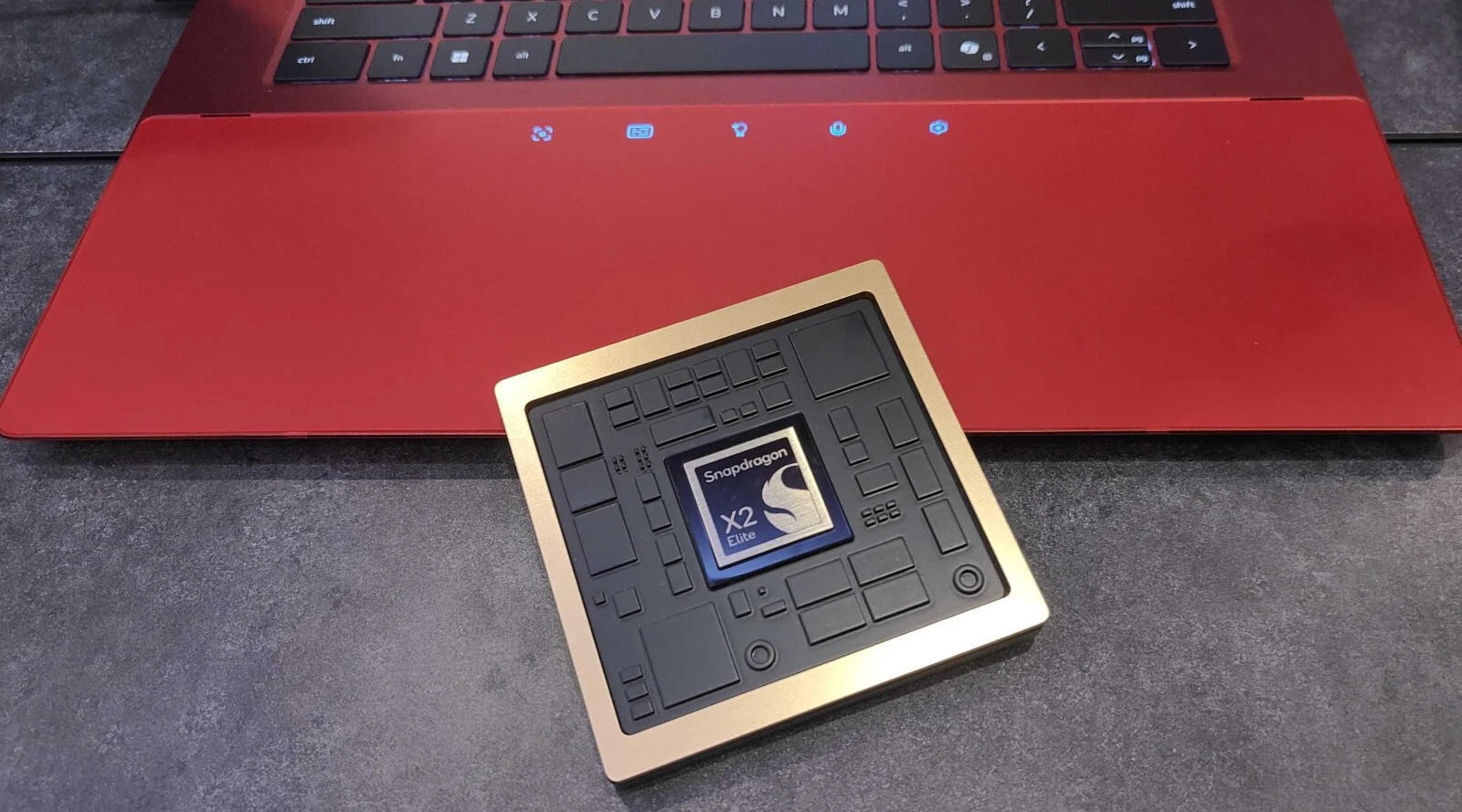As per a report dated March 10, 2016, scientists from the University of US have pieced together and early human habitat for the first time and found out that life for ancestors was not at all easy 1.8 million years ago since they had to compete with carnivores constantly for their food. These findings were published in the PNAS.
Researchers say that our humans looked like a cross between modern humans and apes and had access to water, shady shelter and food at a site in Tanzania. They had lots of stone tools along with sharp edges says a professor in Rutgers University in US, Gail M Ashley.
She further added that life was quite stressful for them since they were constantly in competition with carnivores for food. An early human landscape was carefully reconstructed by researchers on a fine scale using plant as well as other evidence that was collected at the site.
This landscape reconstruction might help paleoanthropologists in developing models and ideas on what early humans were like, the way they lived, the way they got their food and what they drank and ate.
This site was discovered in the year 1959 and it uncovered thousands of stone tools and animal bones. Scientists carried out exhaustive excavations in the last decade and as a result of that, collected several soil samples and studied them through carbon isotope analysis. This landscape had wetlands, freshwater spring and grasslands, said researchers.
Ashley stated that they were able to map out what plants were there on the landscape with respect to where the stone tools of humans were found. After soils were analyzed in one geological bed, mapping was done.
2 species of hominins were found, Homo Habilis and Paranthropus Boisei. Homo Habilis had a bigger brain and had a good sync with human evolutionary tree. On the other hand, the latter had a smaller brain. Both species were around 5 feet tall and had an average lifespan of 30-40 years.
On the basis of high concentration of bones, carcasses were probably obtained elsewhere and meat was eaten in woods for safety.








Add Comment